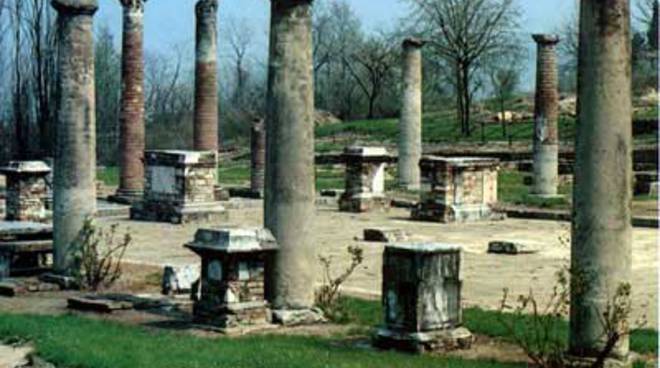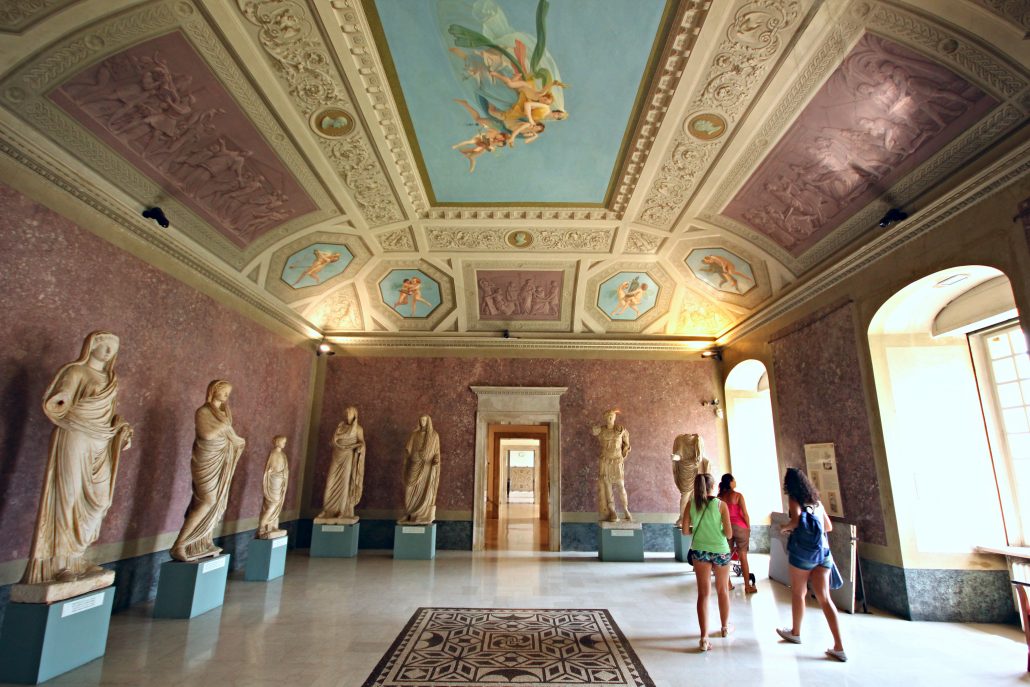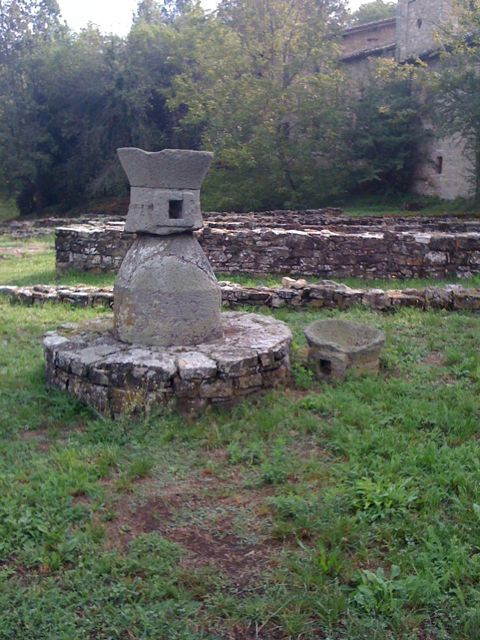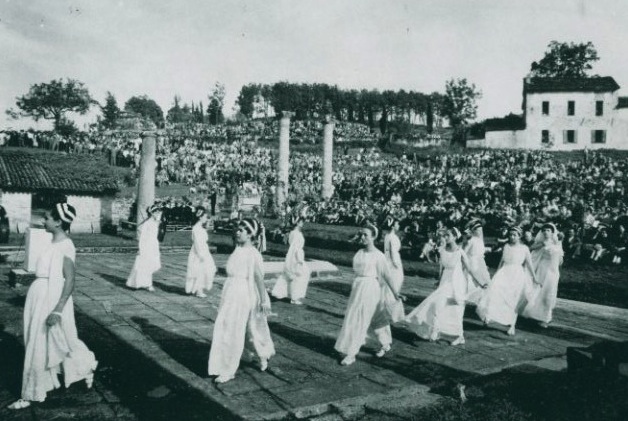The Antiquarium of Velleia

Archaeological excavations returns to light - Veleia or Velleia, Piacenza.

The Antiquarium of Velleia collects part of the finds from the excavations of Roman Velleia, in the hamlet of the same name in the municipality of Lugagnano Val d'Arda, in the province of Piacenza. Located in the nineteenth-century building of the Excavation Department, it illustrates the most significant moments in the history of the sails complex.
Veleia Romana (460 m asl), in the Chero valley, an ancient city whose name derives from the Ligurian tribe called Veleiates, was founded in 158 BC, after the final submission of the Ligurians to Rome. Prospero, a Roman municipality and important administrative capital, ruled over a vast hilly and mountainous area bordering Parma, Piacenza, Libarna (Serravalle Scrivia) and Lucca.

Mentioned in his Naturalis Historia by Pliny the Elder, the Ligurian population disappeared in the third century without leaving traces until 1747, when the Tabula Alimentaria Traianea re-emerged in the area near the church and when systematic excavations brought to light the structure of the ancient city with all its exhibits.
The phase of greatest economic and civil development is to be traced back to the Augustan age, as evidenced by the numerous inscriptions and the series of statues of the Julio-Claudian family in the basilica, exhibited in the archaeological museum of Parma.

The city was also very popular for its thermal baths derived from bromoiodic waters, which were frequent throughout the foothills.
In the third century A.D. the crisis is now evident: the most recent epigraphic document found in Veleia dates back to 276 and only the examination of the late imperial coins found at the site ascertain its survival at least until the fifth century AD.

While not excluding the concurrence of natural phenomena, in particular those landslides to which the place was always subject (Moria and Rovinasso are the names of the two peaks that overlook Veleia), the end of the city is to be framed in the context of general abandonment and depopulation of Italy, devastated by wars and overwhelmed by the collapse of the Western Roman Empire.

On the site of the ancient Veleia, now buried, the Pieve di Sant’Antonino will rise, which still dominates the archaeological area.

A series of panels reproduce the ancient drawings of the excavations and the statues of the characters of the Julio-Claudian imperial family exhibited at the National Archaeological Museum of Parma.

The exhibition itinerary unfolds through five thematic areas:
material from pre-Roman burials
the area of ??cults (with the statue of the so-called Ligurian Jupiter)
the Roman public area, with the cast of Baebia Bassilla, the plaster reproductions of the Tabula alimentaria Traianea and the Lex Rubria de Gallia Cisalpina, the Venator stele and other architectural material from the excavations)
the private Roman area
Roman funerary cults.

ANTIQUARIUM
Already at the end of the 18th century, the custodian's house was erected west of the basilica. In the first half of the nineteenth century it will be joined by the management building. An Antiquarium has been open here since 1975 which, alongside the casts of the Tabula Alimentaria Traianea and the Lex de Gallia Cisalpina, houses a complex of finds that illustrate the most significant moments in the history of Veleia: the Ligurian origins, the construction of main public monuments, evidence of the furnishings and lifestyle of private homes, the memory of gladiator shows, funerary rites.

In 2010 the archaeological area was enhanced through adequate signage (approach road signs, identification sign outside the area, enhancement signs along the route with panels, captions, route and information signs in Italian, English, Braille and with tactile maps). Some rest areas have been created along the route and an area for teaching and study outdoors, with benches and tables. Visiting itineraries were then created dedicated to the disabled, the blind and in wheelchairs.

Every year in July, thanks to the Ancient Theater Festival, Latin or Greek comedies and tragedies are staged in the forum.

Video: The Antiquarium of Velleia
Map: The Antiquarium of Velleia
Address: Strada provinciale 14, 29018, Frazione Velleia
Piacenza (PI) Emilia Romagna
Latitude: 44.78506763267733
Longitude: 9.721725583076477
Site: ...
vCard created by: Stefano Vigolo
Currently owned by: Stefano Vigolo
Type: Manufactured
Function: Archaeological site
Creation date:
Last update: 05/07/2021